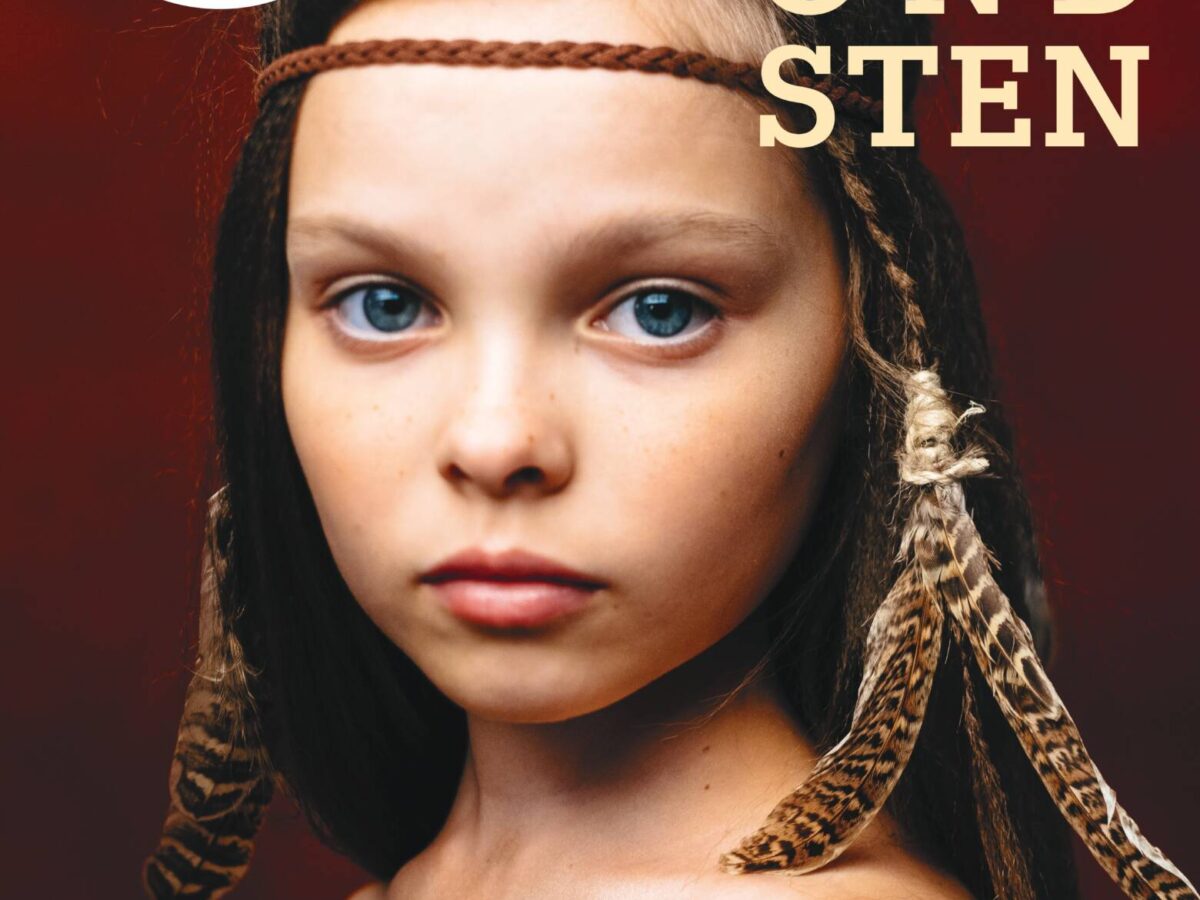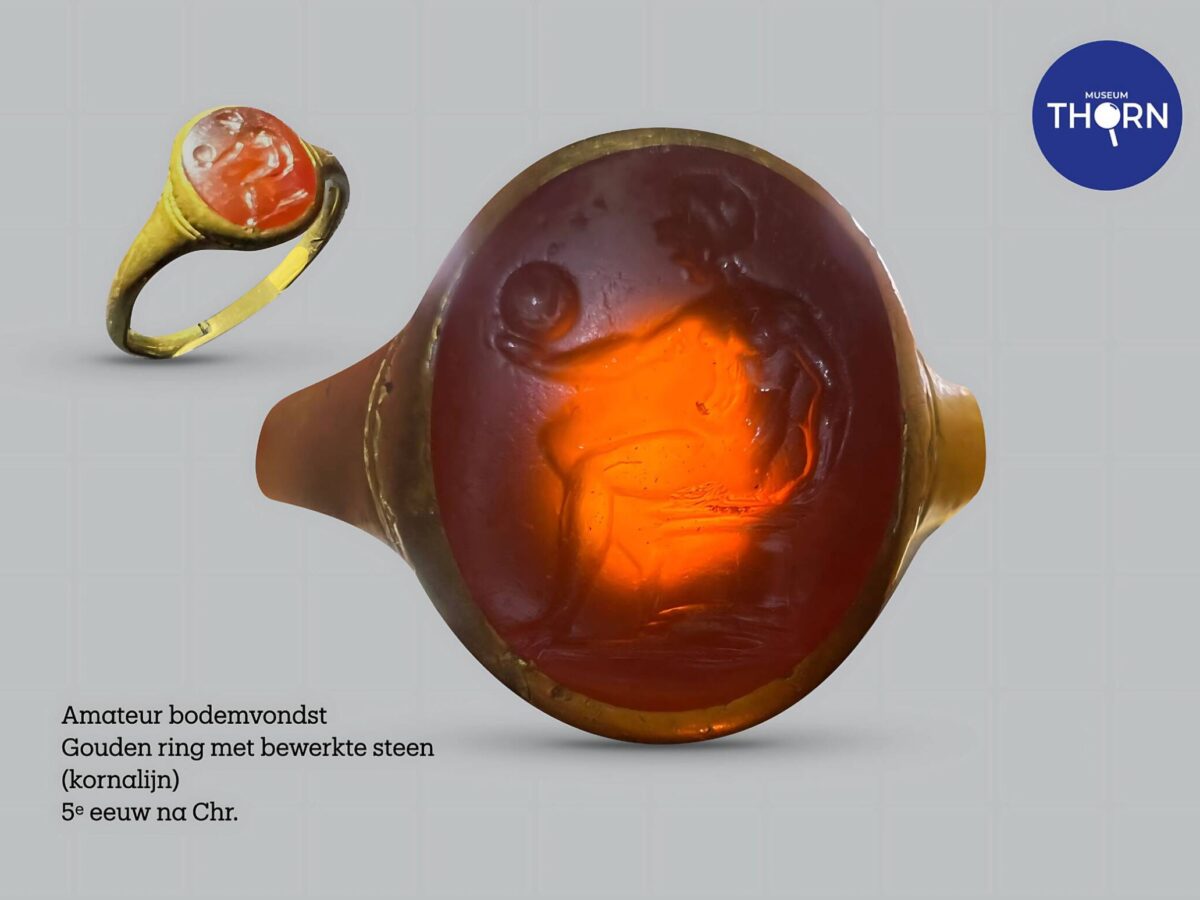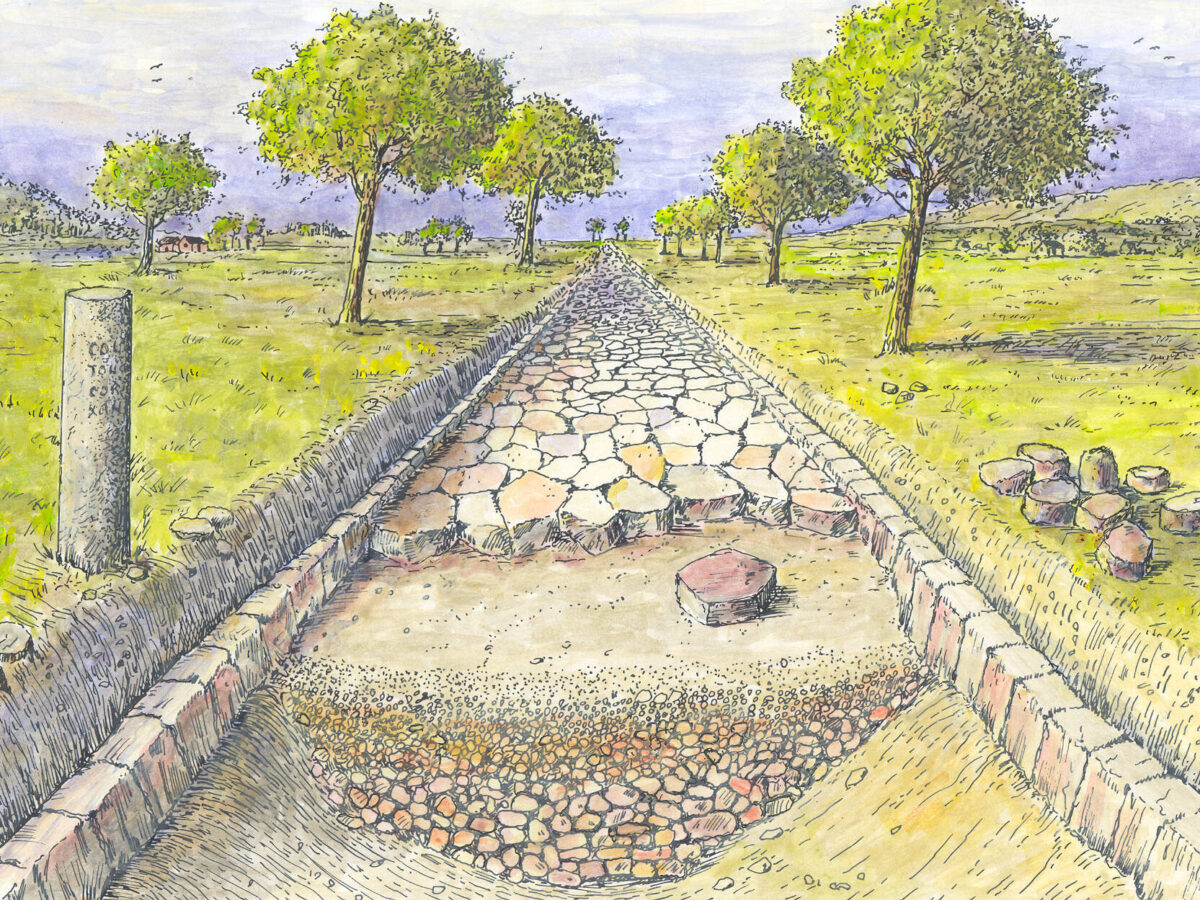Archaeological Treats from Thorn
Author: Harry
Photography: Miriam Tonnaer

The museum in Thorn calls the exhibition Bodemvondsten (“Finds from the Soil”) an “archaeological candy jar.” And it is richly filled thanks to the cooperation of amateur archaeologists from Thorn. For the first time, they are showing their most remarkable finds, mostly the result of searches with a metal detector.
The exhibition was created in collaboration with heritage institutions from Stevensweert, Maasbracht, and Wessem. From the professional side, contributions came from Luc Amkreutz and Jan Roymans. Amkreutz, curator at the National Museum of Antiquities in Leiden, highlights the bronze sword that the museum acquired in 2020. The sword dates from the end of the Bronze Age and was found in the 1960s by a dredger between Thorn and Wessem. Jan Roymans, former senior archaeologist at RAAP research bureau, explains what dredging finds can tell us about life on and around the river Meuse.

Rare Ring
The exhibition counts 97 “treats” ranging from the Stone Age to around 1900. The division into five themes (jewellery, religion, seals, hunting & warfare, coins) provides clarity. Those who search for Roman “treats” among the categories will find, among others, a remarkable ring. According to finder Ruud Weekers, researchers from Vrije Universiteit Amsterdam studied the piece and concluded that it is a rare Roman ring dating from the fifth century. Among the 24 coins on display, three come from Roman times. One unusual piece is a bronze coin from the reign of Tiberius with a section cut out of it.
Photo: The Roman ring is a special piece. In the translucent red quartz (carnelian), the image of a person holding a globe is engraved.
Bodemvondsten can be seen until 31 December 2025 in Museum Thorn, Wijngaard 14. For opening hours see www.museumthorn.com.

